The Fens: In celebration of the magic of a landscape that’s fascinated us for centuries
The Fens are unique, man-made oddity where, paradoxically, few people live – yet they exert a strange magic that had endured for centuries.
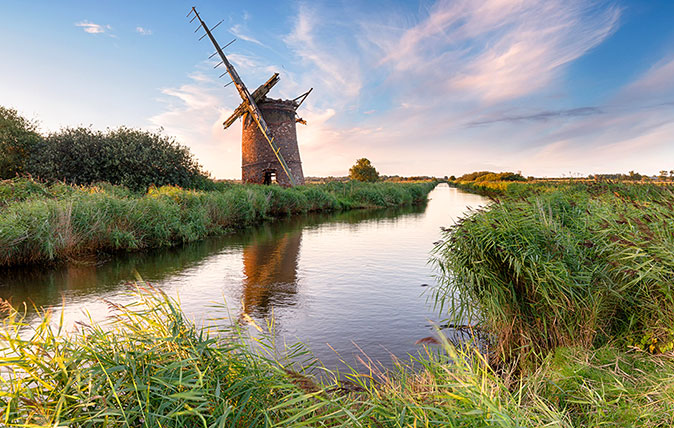
This isn’t a landscape for everybody.
Immense skies, black earth, a Mondrian-like road pattern of straight lines and right angles into which are tucked, in late spring, corners of unharvested daffodils, like partygoers who’ve forgotten to go home: that’s the Fens. The sunsets can have the ferocity of a Viking burial.
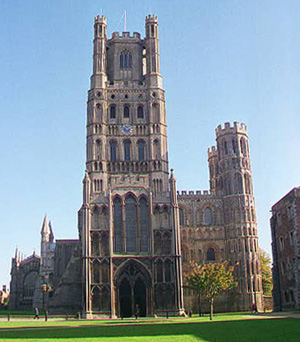
There are, of course, wonderful things to see in this strange, sometimes spooky place. Ely Cathedral, the octagon of which once served as a lighthouse to guide travellers across the Fens, still makes the heart lift with feelings akin to relief, even to car drivers: silhouetted against the sky, its great but delicately shaped bulk promises civilisation and tea at The Old Fire Engine House. Wisbech is as fine a Georgian town as can be found anywhere.
However, for all such treasures, there’s a frisson when visiting the Fens. This can seem a thrillingly foreign land.
Those who have an eye for fen landscape think that low horizons, broken, perhaps, by the fretted outline of a wood – or, more likely, a row of pylons – have an intensity missing from more manicured places.
“Humankind is strangely absent. Few people live on the Fens. At night, the skies are among the darkest in Britain”
This is a working countryside, from which wilderness has long been banished by geometry. Immense fields are striated with potato rows or striped with the almost luminous colours of salad crops. (That’s around Gedney, where a popular pastime, I’ve been told, is to sit on the sea bank and watch the RAF helicopters shoot up the targets on the bombing ranges in the Wash.)
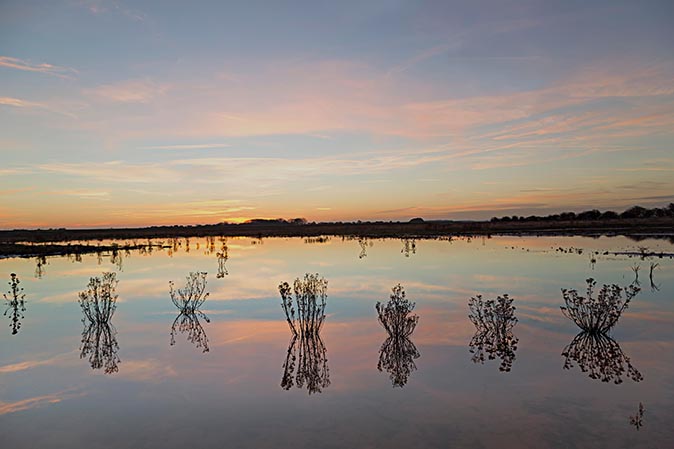
Don’t expect the jolly waterways of the Norfolk Broads with their colourful locks and pleasure boats – the great, rectilinear Denver Sluice and other engineering works don’t aim to charm. And yet, for all that it’s manmade, humankind is strangely absent. Few people live on the Fens. At night, the skies are among the darkest in Britain.
Exquisite houses, the beauty of Nature, and how to get the most from your life, straight to your inbox.
It wasn’t always like this. The Fens were the Great Basin into which eight rivers – including the Nene, the Welland and the Ouse – emptied themselves, before their waters trickled into the North Sea.
This watery land teemed with eels and fish, which could be trapped in willow baskets; eels were so super-abundant that they could be used as currency. Flocks of wildfowl turned the skies dark. In the summer, land that dried out could be used to graze cattle, even if they had to be taken there by boat.
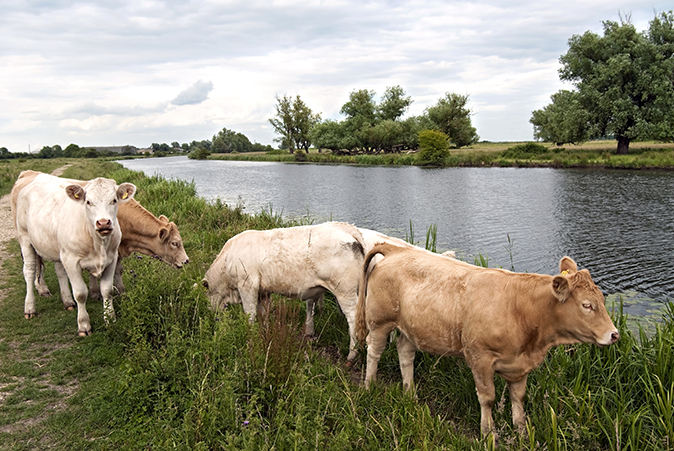
To the people of the Bronze Age – those who escaped the prevalent malaria, rheumatic fever and other ills associated with constant damp – the Fens offered a varied diet. They built causeways out of jagged stakes and tree trunks on which to get around. One of them has been excavated at Flag Fen, outside Peterborough, its timbers, like those of the Mary Rose at Portsmouth, sprayed with a mist of water to keep them from drying out.
The causeway would be remarkable enough in itself, but even more astounding are the finds at Must Farm, a few hundred yards from Flag Fen, that archaeologists from Cambridge University announced earlier this year.
Three thousand years ago, a settlement of large roundhouses, built on stilts to keep them above the surrounding water, was – it would appear deliberately – burnt in a violent fire. Only partially destroyed, the charred remains then collapsed into the fen.
‘Wherever you put a spade into the soil round here, you find remains,’ the young archaeologist at Flag Fen told me. By Bronze Age standards, the Fens were densely populated.
“Their accent, so locals believe, owes something to their habit of speaking through their teeth, never unclenched due to the freezing winds that whistle over this low-lying country”
Water shaped not only the topography of the Fens, but also its character. It’s no coincidence that the area’s great hero is Hereward the Wake.
In the legend that grew up around him, he was portrayed as having been quarrelsome and pugnacious – good qualities in a rebel fighter and a personification of the spirit of fierce independence of the Fens. Often poor, the people who lived here nevertheless gloried in the name of Fen Tigers.

They remained a breed apart, long after the Earl of Bedford and the Dutch engineer Cornelius Vermuyden drained the Fens in the 17th century.
Their accent owes something – a local man once told me – to their habit of speaking through their teeth, never unclenched due to the freezing winds that whistled over this low-lying country, unchecked since their birth on the Russian steppes. As late as the 1970s, people could be found who had never gone more than a bicycle ride from where they were born.
"A traveller to Ely in 1698 called it ‘ye diryest place I ever saw… a perfect quagmire ye whole Citty’, objecting strongly to the number of frogs and snails in her bedroom."
Life was even more constrained before drainage. Fen people pursued a semi-aquatic existence, which included the ability to jump dykes and streams with the aid of long poles.
This way of life dismayed visitors. Traveller Celia Fiennes, arriving in Ely in 1698 after heavy rains, called it ‘ye diryest place I ever saw… a perfect quagmire ye whole Citty’, objecting strongly to the number of frogs and snails in her bedroom.
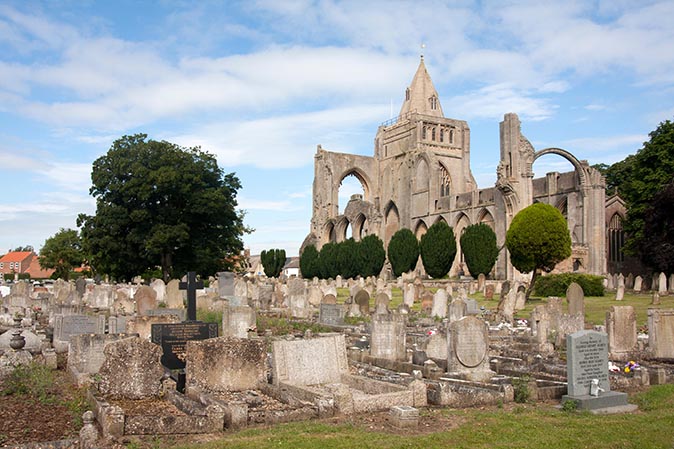
In 1663, Samuel Pepys’s horse sank up to its belly in water when he visited his Uncle and Aunt Perkins at Parson Drove, near Wisbech. He was appalled to discover his relatives living as ‘poor wretches, in a sad poor thatched cottage, like a poor barne or stable’, where they peeled hemp, which would later be made into rope.
Bedtime at midnight led him to ‘a sad, cold, nasty chamber’ and, although some pleasure could be had from kissing the ‘indifferent handsome’ maid, he was bitten cruelly by gnats.
It wasn’t all bad. Wisbech, which even the discriminating Pepys found ‘a pretty town, and a fine church and library’, continued in the prosperity deriving from its port and the North and South Brinks, to either side of the River Nene, became handsome streets. Built in the 1720s and later filled with Rococo carving and plasterwork, Peckover House is now part of the National Trust.
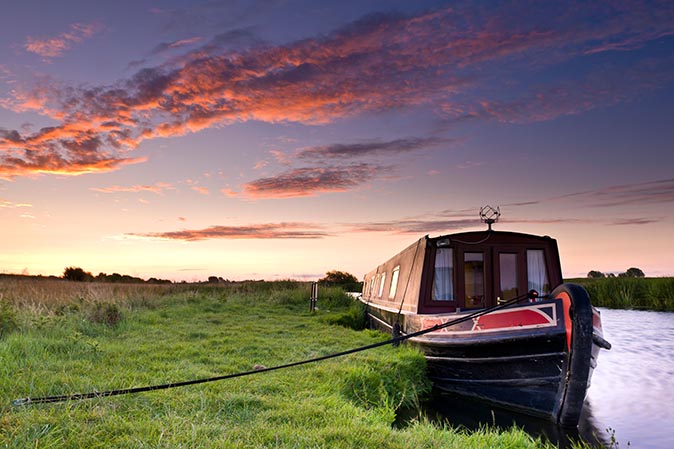
However, for all its gentility, the town stood tigerishly apart from the establishment, hence the apparently unparalleled document known as the Wisbech Quakers’ Roll. Compiled in 1723, just when Peckover House was being built, this was an investigation by the Diocese of Ely to discover how many Dissenters lived in the town. The list runs to 3,000 names.
Earlier, Secretary Thurloe, Oliver Cromwell’s spymaster, had built his house, the Castle, here; did he feel safe in such a hotbed of Dissent? The Georgians demolished it, remembering its footprint in the shape of a circus.
"It will be impossible to restore the Fens as they were before drying out. Instead, a new mosaic of habitats will emerge"
Wisbech survives from the era before steam; losing its battle against silt in the 19th century, the port couldn’t accommodate the larger ships.
Steam began the transformation of the Fens. It powered pumps that were, at last, strong enough to overcome the inertia of the sluggish outfalls and it brought the railway, around which towns such as March developed – a mile from ancient St Wendreda’s church.
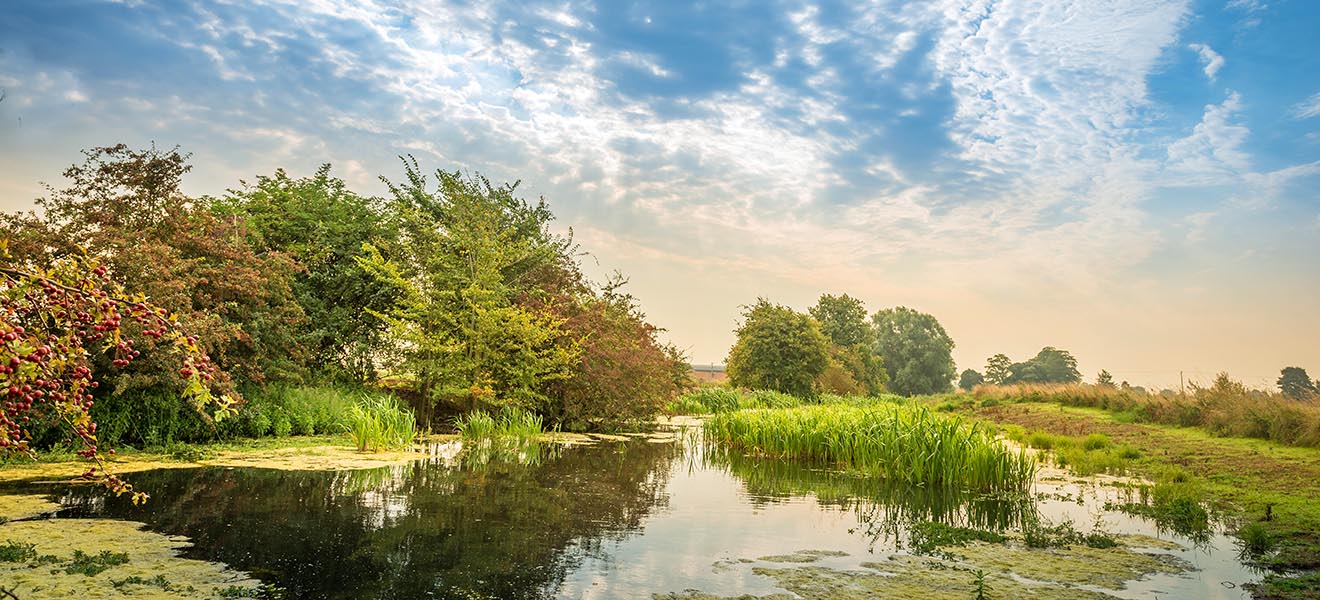
It was appropriate, given the rate at which the traditional fen was disappearing, that Wicken Fen (where Charles Darwin’s interest in species was quickened by collecting beetles in the 1820s) should have become Britain’s first nature reserve in 1899, first managed and soon owned by the Trust.
However, Wicken is tiny in relation to the Fens as a whole. Evidence of their reduction exists on Holme Fen. In 1851, a local landowner drove a wooden pile through the peat, embedding it in the underlying clay; the top was cut off level with the ground. He wanted to record what shrinkage would take place when the land was drained.
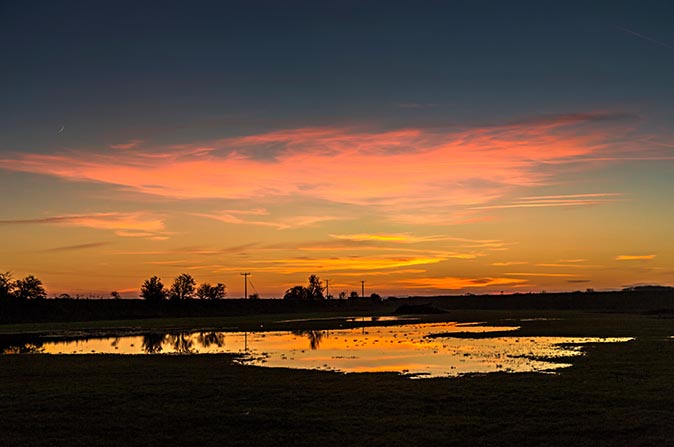
The wooden post was soon replaced by an iron column, to which a second was added in the 20th century. The columns now rise 13ft into the air. This is now said to be the lowest place in the UK, being 9ft below sea level.
It is also the place where a fight back is taking place. Holme Fen now forms part of the Great Fen (www.greatfen.org.uk), a project begun in 2001 with the object of creating what will eventually be 9,200 acres of wetland (in parallel with fen restoration that the Trust has in hand around Wicken Fen).
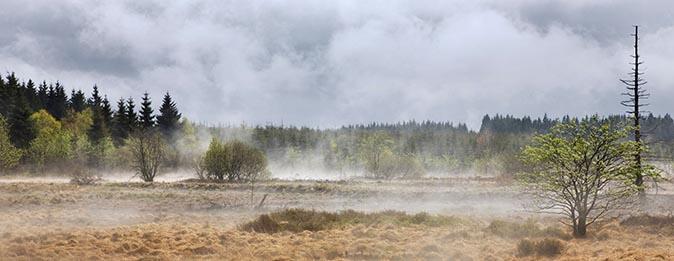
So far, just over half the land identified by the Great Fen project has been acquired and progress can be measured in the number of lapwings sighted, common cranes to have visited and rare wetland plants and water beetles starting to colonise previously unpromising sites.
Re-wetting land is almost as complex as draining it. One part of the Great Fen is what used to be Whittlesea Mere, famous for its regattas in the 19th century. It couldn’t now be re-created because, the silt deposited on top of the underlying peat having formed a cap, it now forms a dome higher than the surrounding land.
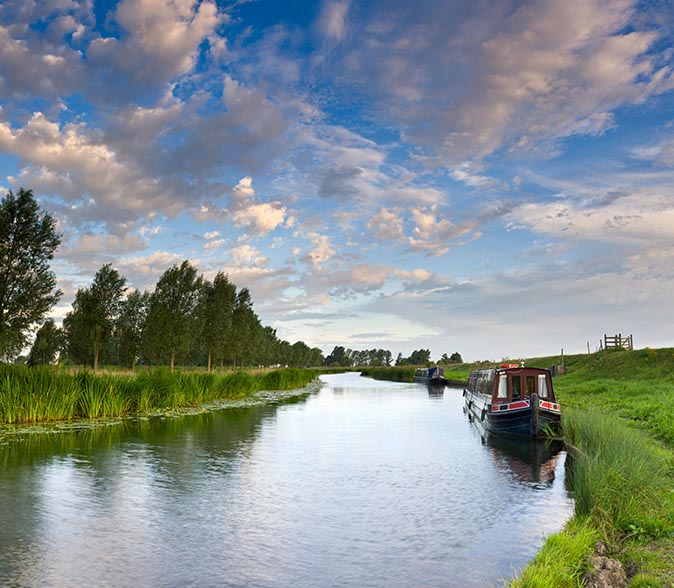
Nor will it be possible to restore the Fens as they were before drying out. Instead, a new mosaic of habitats will emerge, which will welcome the waters that would otherwise overcharge the rivers and channels in times of flood, rather than adding further strain to the pumps in the effort to send it out into the sea.
Kate Carver, project manager, even hopes that tourism will be part of the diverse economy that arises. We shall learn to see the Fens with new eyes.
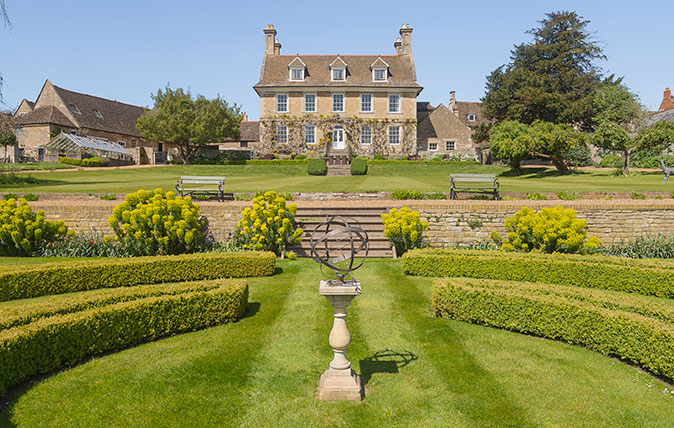
Cobthorne: A home that stands out for its grace, even in the beautiful town of Oundle
This striking town house in Oundle serves as home to the headmaster of the town's famous school.
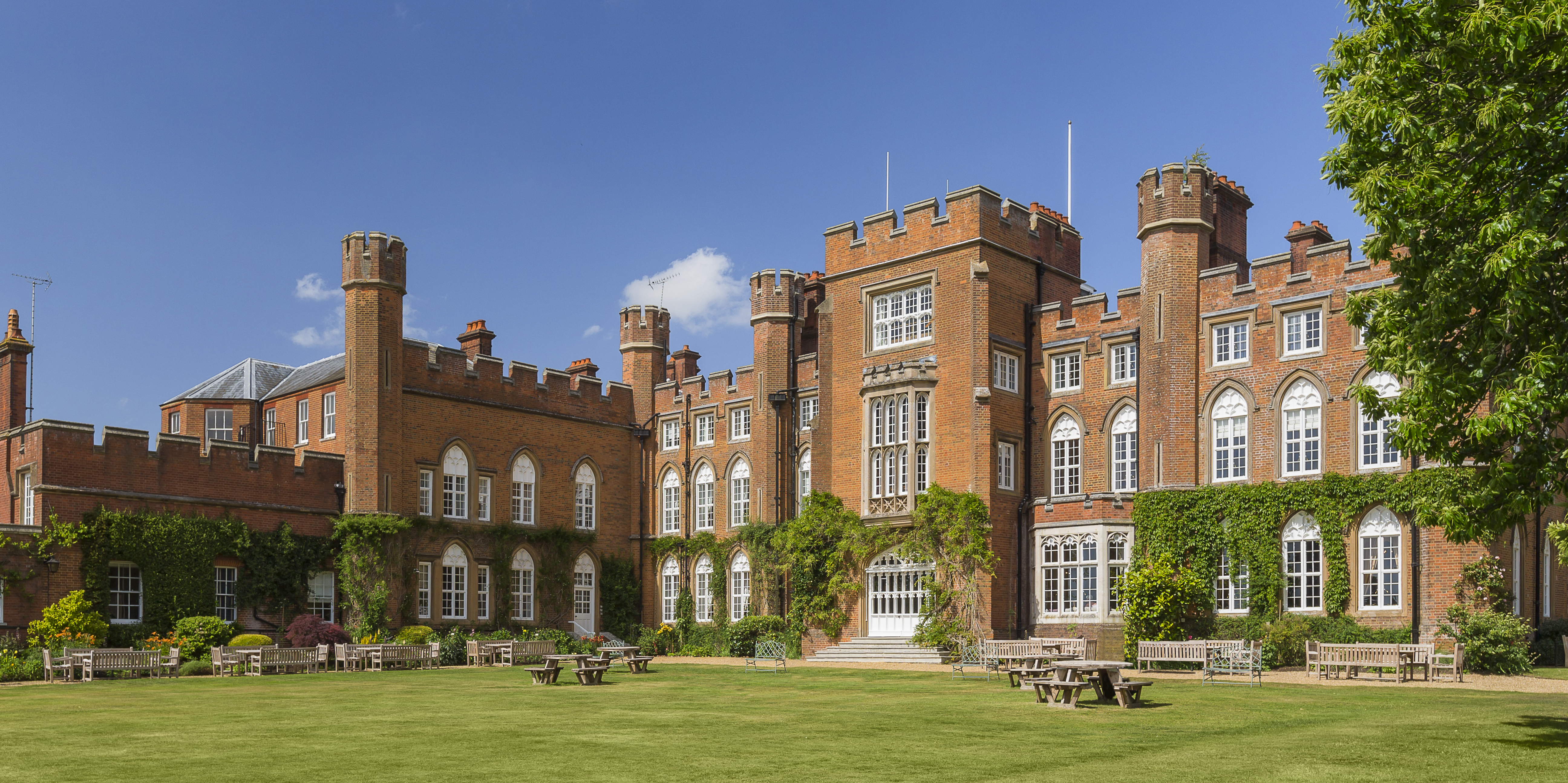
Cumberland Lodge: The 17th century marvel 'a thousand times more agreeable than Blenheim'
This year, a remarkable educational foundation in a spectacular parkland setting celebrates its 70th anniversary. John Goodall considers the history
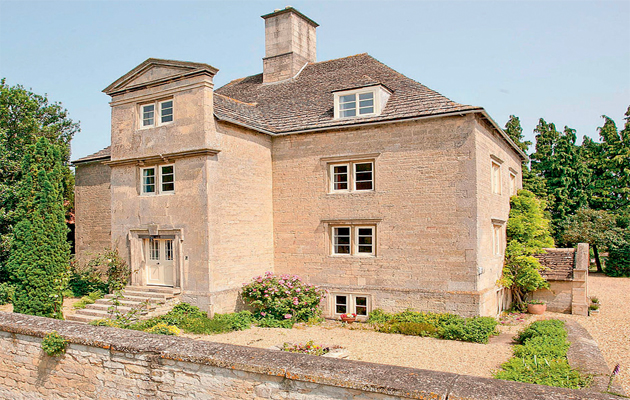
Manor house for sale in Folkingham in beautiful Lincolnshire
Beautiful manor house for sale in the picturesque village of Folkingham in Lincolnshire.

Carla Carlisle on the secret of a lasting marriage
Looking back over 25 years of marriage, and test matches, Carla suggests that compromise is the key to happiness
-
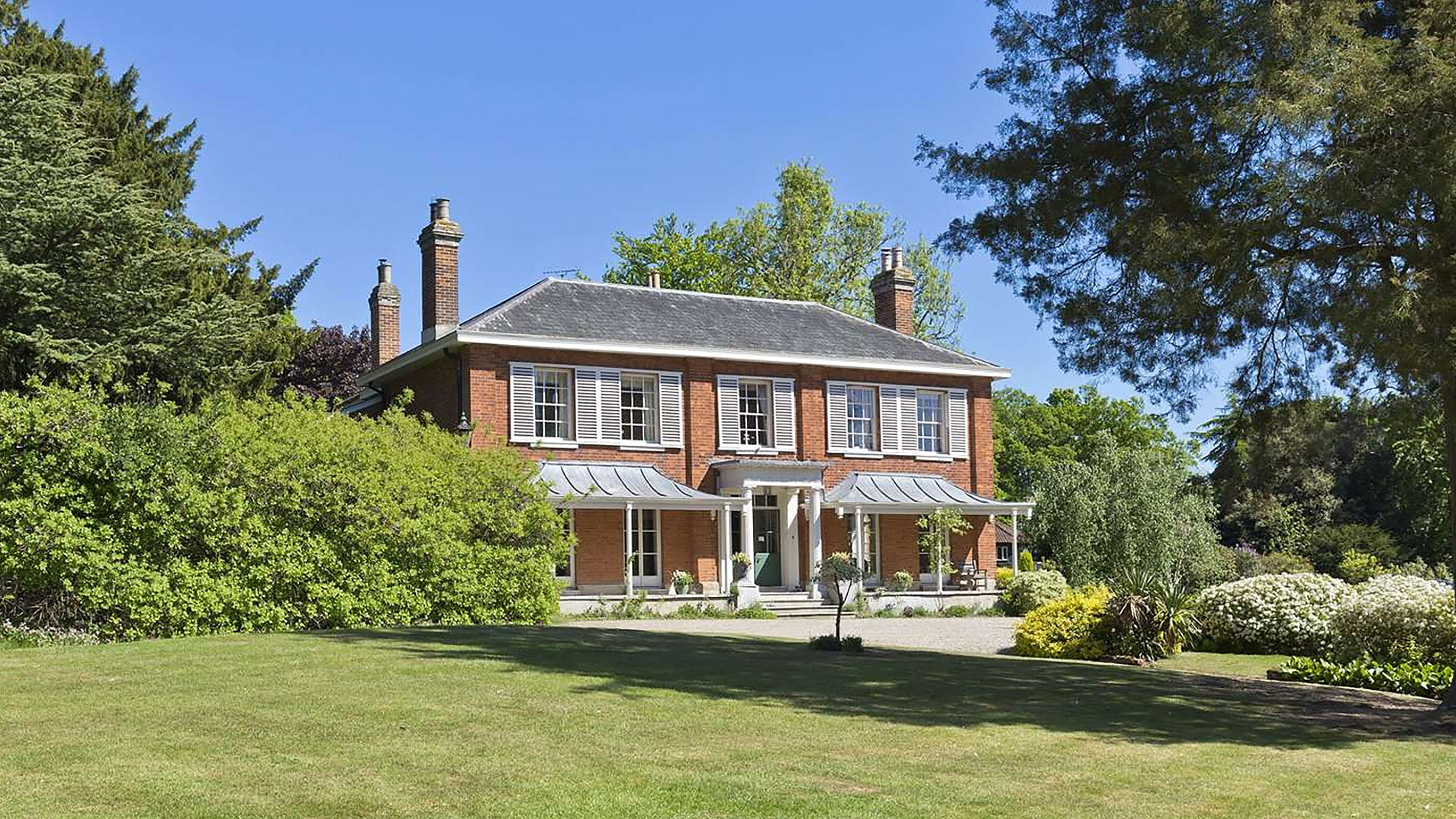 'A rare gem' of a country house, in 163 acres of the idyllic Colne Valley, just 50 minutes from the City
'A rare gem' of a country house, in 163 acres of the idyllic Colne Valley, just 50 minutes from the CityThe Regency-style Over Hall in Colne Engaine is a country house whose previous owner has spent 40 years getting everything just right. Penny Churchill takes a look.
-
 Items from the collection of Lady Glenconner are going under the hammer, including a nine-carat gold Cartier box gifted to her by Elizabeth II
Items from the collection of Lady Glenconner are going under the hammer, including a nine-carat gold Cartier box gifted to her by Elizabeth II‘I have had such great pleasure living with these wonderful objects, each telling their own fascinating story.’
-
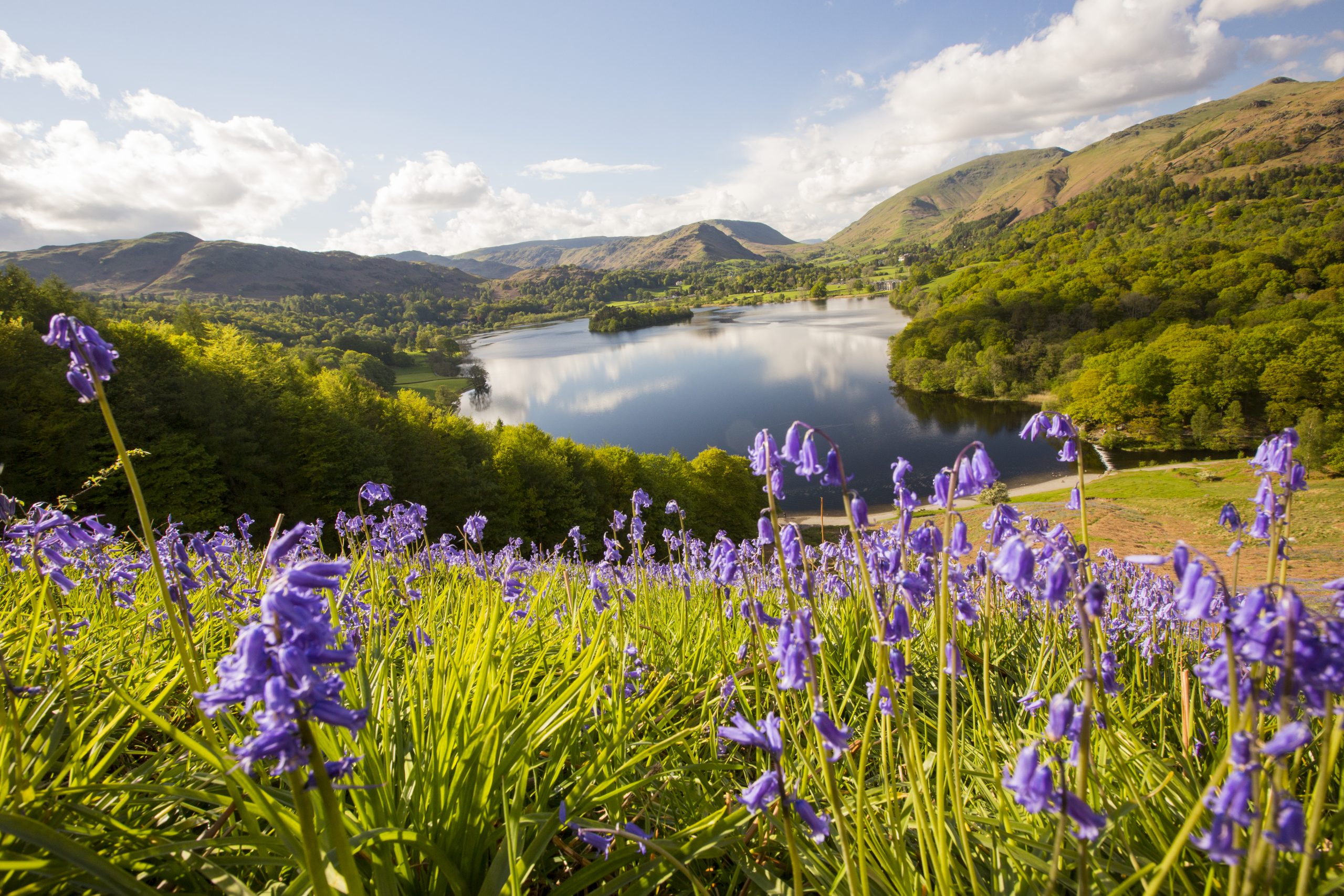 18 of the best places across Britain to go and see bluebells this spring
18 of the best places across Britain to go and see bluebells this springWe round up the best gardens to visit to see carpets of bluebells this spring and explain how to tell the difference between the native flowers and foreign interlopers
-
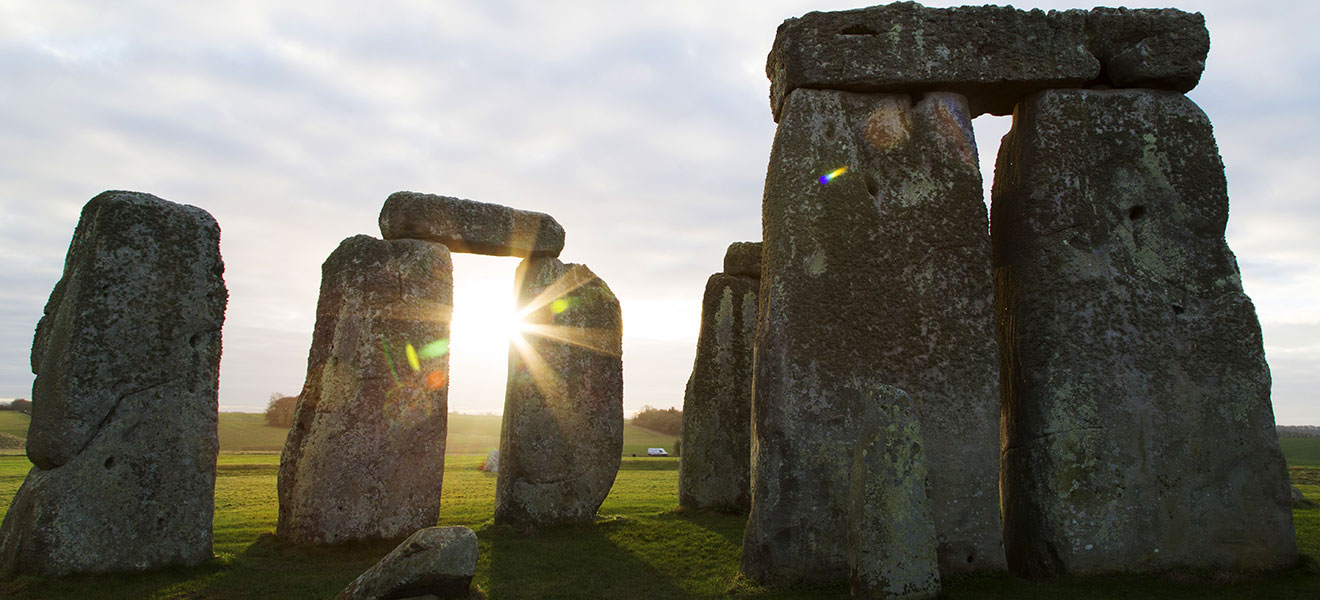 Celebrating 100 years since Cecil Chubb donated Stonehenge to the nation
Celebrating 100 years since Cecil Chubb donated Stonehenge to the nationFriday 26 October 2018 marks the centenary of Cecil Chubb's magnanimous gesture: turning Stonehenge over to the care of the nation. Annunciata Elwes explains how it came about.
-
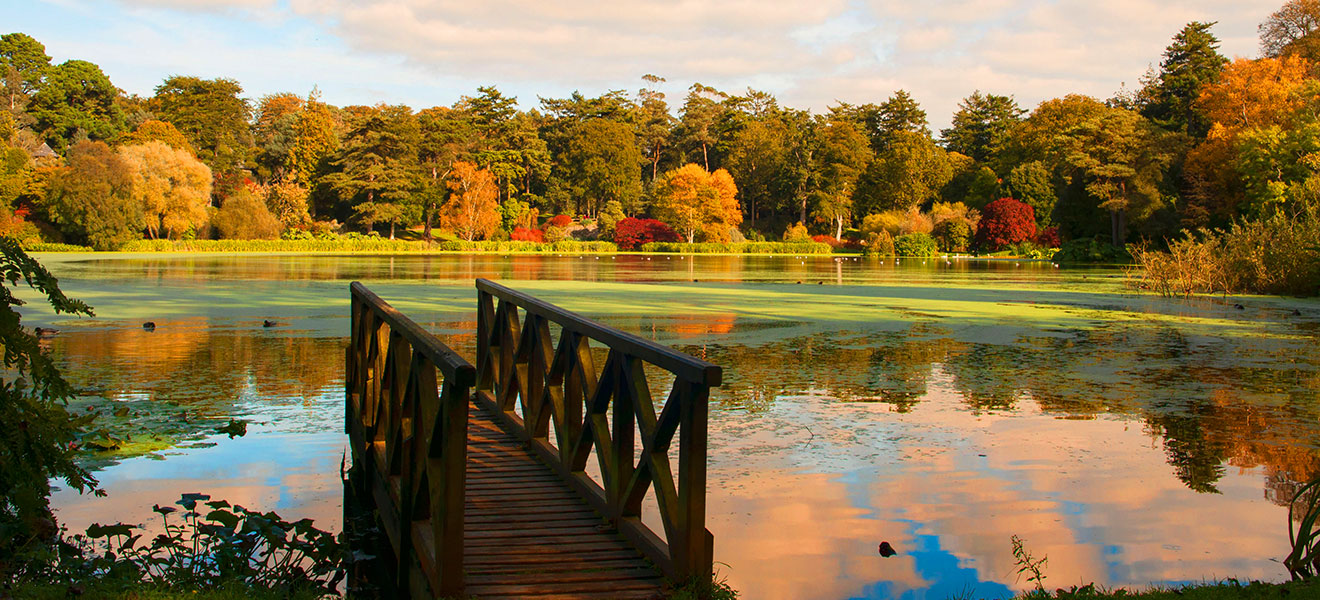 11 of the best places in Britain to enjoy Autumn colour
11 of the best places in Britain to enjoy Autumn colourA riot of autumnal splendour has broken out across the country.